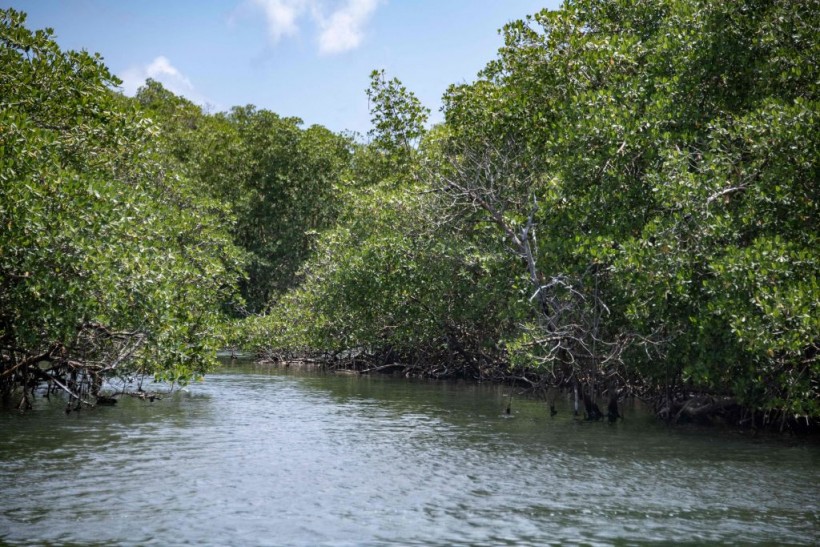Researchers studying the glacial period 10,000 years ago warned that rapid sea rising could impact coastal habitats. The study noted the possible effects of increasing global temperatures on seawater levels.
Scientists have been concerned about the rapid sea level rise that could affect coastal habitats, wildlife and ecosystems. The rising temperatures can likely be blamed if it is maintained uncontrolled.
Coastal habitats, like tidal marshes and mangroves, are essential to animals and communities. It is considered a home to many rare species.
According to a report, coastal ecosystems are important for food supply and storm protection.
In addition, coastal habitats are ecologically crucial for nutrient regulation and helping with polluted waters. It also helps to fight the problems of climate change by sequestering harmful carbons.
Rising temperatures impact coastal ecosystems

Guadeloupe mangroves. A recent report showed that rapid sea rising could have devastating impacts on coastal habitats, especially tidal marshes and mangroves. Researchers studied the glacial period sea level rise 10,000 years old
In the latest research, experts studied the impacts of sea-level rise on coastal ecosystems. The global warming is the main concern due to impacts on glaciers and sea-level rise.
Experts studied how coastal ecosystems managed to thrive and adapt 10,000 years ago. Researchers analyzed the ancient shorelines that suffered from rapid sea-level rise.
The study's author, Professor Robert Kopp, the faster rise of oceans could threaten coral reefs, tidal marshes and mangroves. Professor Kopp is from the Department of Earth and Planetary Sciences, Rutgers School of Arts and Sciences.
The rising sea-level rise could make it more challenging for tidal marshes, adding that the said habitat could likely deal with sea-level rise under 2.7 degrees Fahrenheit warming.
The discovery can help protect the current status of coral reefs and coastal habitats. The early mitigation plans can save the coastal ecosystems from decline, which could have devastating impacts on animals and humans.
As a result, the goal to reduce global carbon emissions is essential to prevent the potential increase of temperatures and sea-level rise. When the coastal habitats shrink, it could have serious impacts on cities.
Also Read: Algae Can Help Decipher Evolution History of Plants 600 Million Years Ago
Why tidal marshes and mangroves are vital to ecosystems
Tidal marshes serve as a buffer in cities from the seas. It is a vital source of food and habitats for many aquatic animals. It can also help filter possible pollution in water, protecting marine biodiversity from contamination or decline.
Meanwhile, mangroves are essential to assist in improving water quality and vegetation. It is also a home to biodiversity and wildlife. For many fishes, it is an ecological breeding ground and nursery for small fishes.
In the US, coastal habitats can protect Americans from severe disasters, including hurricanes and possible erosion. In Florida, mangroves help bees to grow.
Other threatened species that stay in Mangroves are Loggerhead sea turtles, Green Sea Turtles, American Alligator and Southern Bald Eagle.
Related Article: Mussels Play Crucial Role in Protecting US Coastal Areas, Ecosystem
For more similar stories, don't forget to follow Nature World News.
© 2024 NatureWorldNews.com All rights reserved. Do not reproduce without permission.




![Climate Change is Reducing Dust Levels Worldwide as Arctic Temperature Warms [Study]](https://1471793142.rsc.cdn77.org/data/thumbs/full/70320/280/157/50/40/climate-change-is-reducing-dust-levels-worldwide-as-arctic-temperature-warms-study.jpg)
